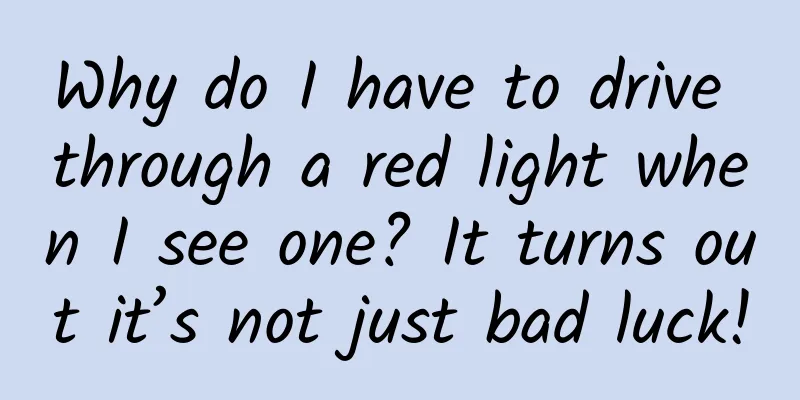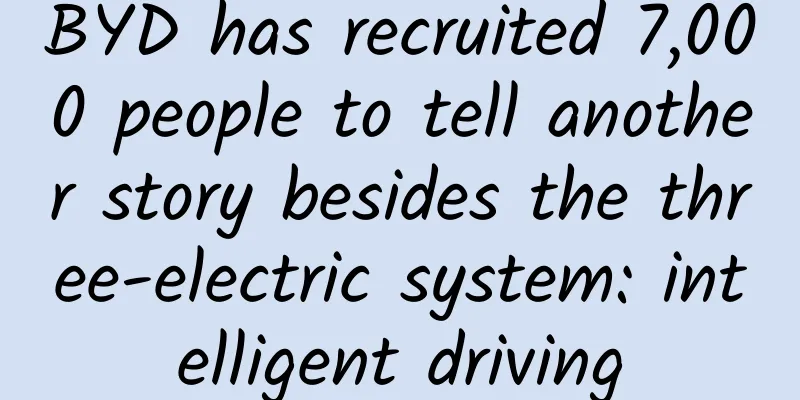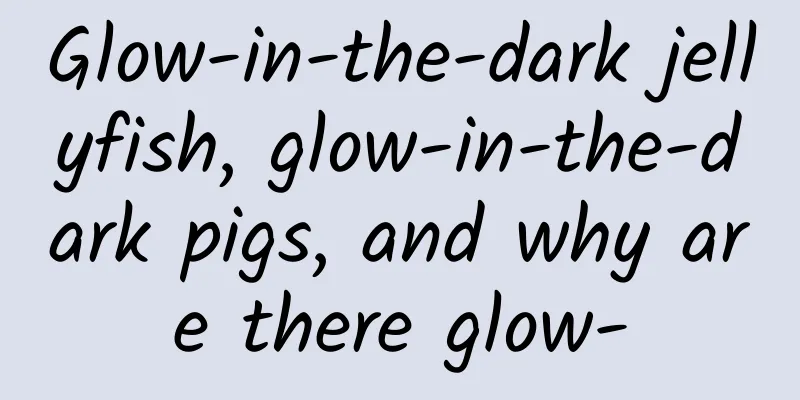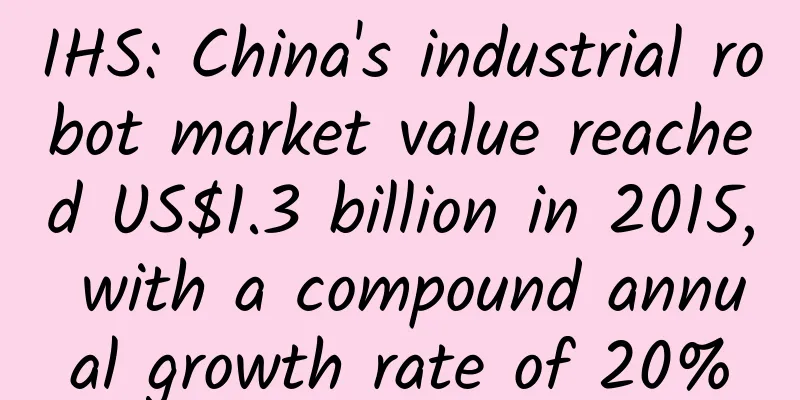Why do I have to drive through a red light when I see one? It turns out it’s not just bad luck!

|
When driving or riding a bicycle, have you ever encountered such a scenario: if you pass a green light smoothly, you will have green lights all the way; on the contrary, as long as there is a red light that stops you, all the lights you encounter next will be red lights... You are stopped so accurately that you can't help but wonder if you have entered the Truman show, or if Mercury is in retrograde recently and it is not suitable to go out. Is there any science behind this? Deactivated gas lamps Traffic lights, commonly known as red and green lights, use red, yellow and green lights (some European countries may also use amber yellow with orange) or sound signals to instruct vehicles and pedestrians to stop, pay attention and go ahead. The world's first traffic light was born in December 1868. The main reason for its invention was that a large number of horses passed in front of Westminster Bridge in London. Thousands of pedestrians were forced to walk beside Westminster Palace, and people and horses often got stuck and confused. When the arm is extended horizontally, it means the driver must "stop", and when the arm is horizontally downward at a 45-degree angle, it means the driver "go forward". At night, the red gas light means "stop", and the green gas light means "go forward". Image source: wiki The traffic light is 6.7 meters high and consists of two moving signs connected to a rotating arm and a gas lamp on the top of the column used at night. At that time, there was no concept of "automation", so the changes of traffic lights were all manually operated. Although this was an invention that successfully controlled traffic flow, its gas lamp exploded after 24 days of operation, injuring the policeman who controlled the traffic light, and the traffic light was discontinued. It was not until the popularization of electricity that the first electric traffic light was put into use in Cleveland, USA. How to control the signal light? With the acceleration of social pace, efficiency has gradually become a key issue for people to consider. It is becoming more and more important to effectively guide and improve the traffic efficiency of intersections. In the ordinary traffic light design system, the display time is fixed, which makes it impossible to effectively utilize road traffic resources. In order to solve this problem, people introduced traffic flow monitoring to automatically adjust the display time of traffic lights according to the size of traffic flow. The most common are induction loop systems and video camera systems. The former uses a circular coil sensor laid on the ground. When a vehicle passes through the coil, the iron shell of the vehicle causes the inductance of the magnetic coil to change, thereby monitoring the vehicle. The induction loop system is widely used due to its simplicity. The latter is the most complex system we have seen in traffic lights. The video surveillance cameras mounted on the poles rely on video technology to monitor cars and are networked with multiple traffic stations. Not only can they identify vehicles and count the number of vehicles at the stop in real time, they can also distinguish between cars and pedestrians. Image source: Internet So, is the phenomenon we mentioned at the beginning that "once you encounter a red light, all the way to red lights" because there is a bug in the traffic lights in monitoring the flow of cars? In fact, this is not an accidental phenomenon, but a means that road designers have spent decades researching to prevent traffic congestion. The core problem of traffic control system is how to let the most vehicles pass through the road section in the shortest time. The principle is that if the road ahead is empty, let the new car go fast, and if it is congested, let the new car go slowly. So people came up with a method called "green wave belt", that is, vehicles drive at a constant speed. When entering the green wave belt area, the first traffic light is green, so the next intersection will also have a green light. To the greatest extent possible, it is guaranteed that the traffic flow will have green lights when it arrives at the intersection, and the parking time is reduced as much as possible. Traffic lights at intersections on green wave roads usually have green wave speed signs, and it is easiest to catch up with the green wave at a speed of 50-55 km/h. However, if you encounter extreme road conditions, car accidents, or someone running a red light, and cannot maintain the green wave speed, you may encounter the "mortal enemy" of the green wave - the red wave, which will make you stop along the way and slow down your speed. Of course, not all roads can be set up with green wave belts. A road section suitable for designing a green wave belt needs to meet many conditions, such as: not a main road (the traffic flow on the main road is too saturated, and the vehicles are too long to pass through the intersection within the effective green light), few interference factors (no pedestrians and non-motorized vehicles crossing the road randomly), similar road conditions (similar traffic flow), etc. In 2011, a study showed that green wave belts can reduce carbon dioxide emissions from cars, reduce fuel consumption, reduce wear and tear on vehicle components, and reduce indirect energy consumption during the manufacturing process. Therefore, green wave control is generally used on the main roads from the central urban area to the outer urban area, with the purpose of allowing vehicles in the central area to drive out of the core area as quickly as possible. In the direction of entering the central urban area, green wave belts are often not set. On the contrary, red wave belts are set in some places, which means that vehicles entering the core area have to wait for red lights several times to ease the traffic pressure in the city center. Image source: unsplash.com Have you been infected too? References [1]https://auto.howstuffworks.com/car-driving-safety/safety-regulatory-devices/how-does-a-traffic-light-detect-that-a-car-has-pulled-up-and-is-waiting-for-the-light-to-change.htm [2]https://en.wikipedia.org/wiki/Green_wave[3]https://www.cdccic.com/cdjt/show_38942.htm[4]https://www.mdpi.com/2071-1050/13/10/5411 Planning and production Source: Bringing Science Home (id: steamforkids) Author: Ah Xian, editor of "Everything" magazine Editor: Yinuo |
>>: Is it true that the sun once had a twin?
Recommend
Momo advertising channel characteristics and delivery process!
Do you all know? Momo is also a short video platf...
2017 was a year of great turmoil for Apple, and some studios were in a tough situation. Let’s talk about some recent in-depth observations on the ASO market!
The following analyses were made on the Apple mar...
A trembling frog leg actually led to the invention of the battery?
On October 17, 2024, Hou Yimin, director of the I...
What are the advantages of SEM marketing? How to analyze it?
Everyone knows that there are many ways of online...
The International Champions Cup China is coming. Has LeTV Sports incubated a football sub-ecosystem?
LeEco is an Internet company known for its "...
Baidu promotion information flow advertising display style - single picture style!
Information flow advertising style - single image...
Approaching adolescent depression: Why do we often ignore children’s suffering?
In recent years, the popularity and development o...
"Can you cure it by taking it at home?" Is azithromycin really that magical?
Review expert: Gu Haitong, deputy chief physician...
10 Figma plugins to help UI designers greatly improve their efficiency
In the field of UI/UX design, many tasks no longe...
Will the expressways be free during May Day 2022? How is the toll for entering the highway and the free exit calculated?
This year's May Day holiday is from April 30th...
Why don't many phones have a mute button?
"Why can't Android phones basically have...
Zhihu Live Product Analysis
2016 is known as the first year of knowledge paym...
Quantum of the Tomorrow: The most awesome photo ever
In the Southern Song Dynasty, during the Battle o...









